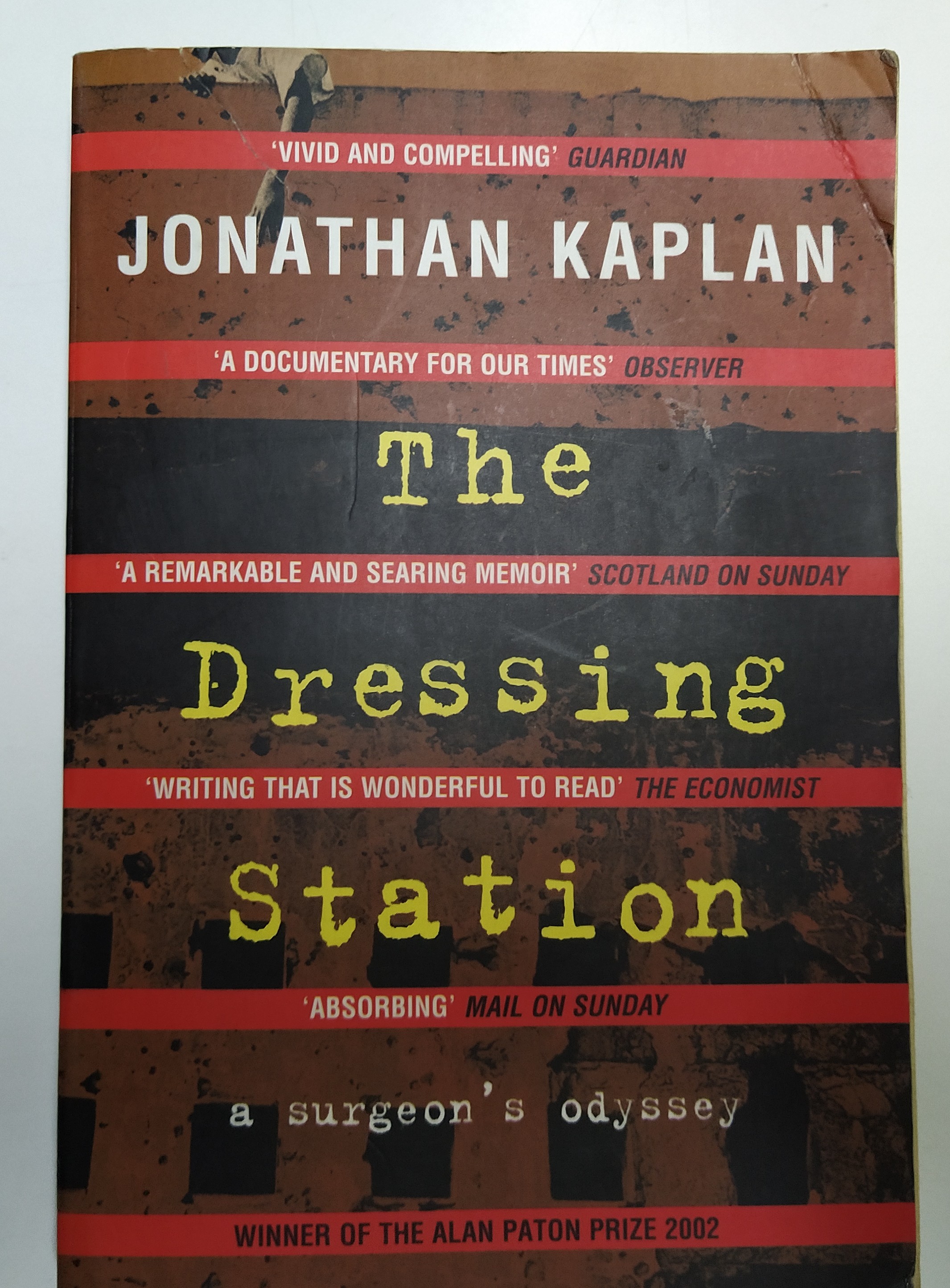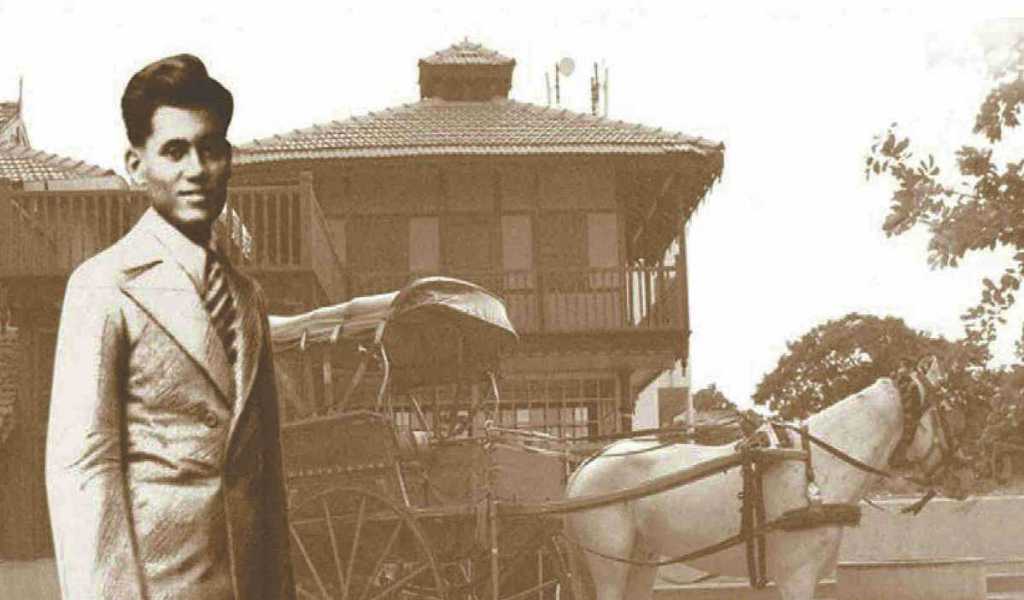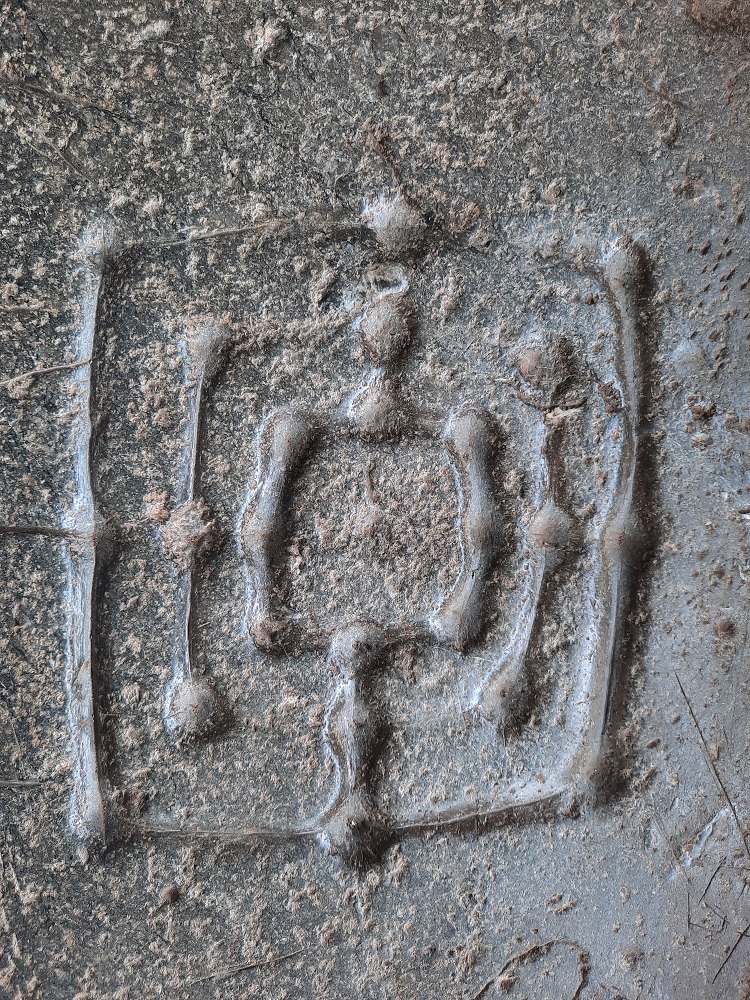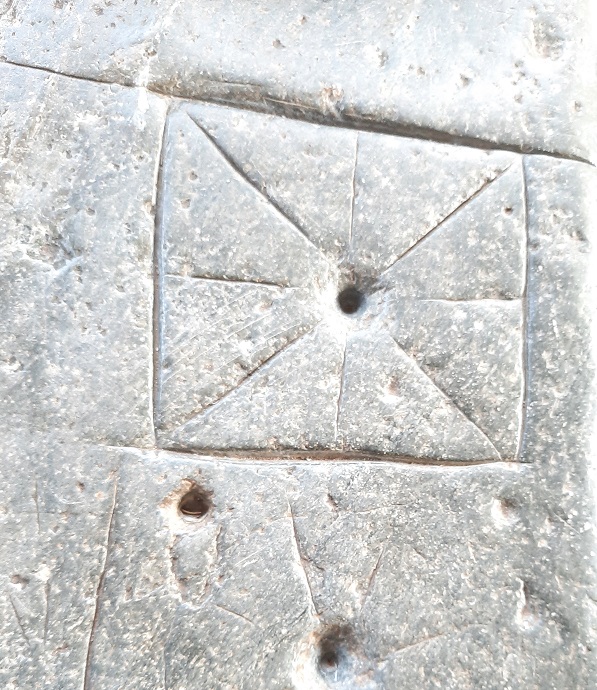“I’m bored!” How many little boys and girls, across the world, echo the same words. More than ever before, the last two years when the pandemic confined families within four walls, this was the refrain. But this is nothing new.
There once was a boy named Milo who didn’t know what to do with himself not just sometimes but always.

That is the opening line of The Phantom Tollbooth, first published in 1961, which went on to become a classic of children’s literature.
The Phantom Tollbooth is the story of Milo, a 10 year-old boy who is utterly bored with everything around him. One day he comes home to finds a mysterious package with a bright blue envelope which reads “For Milo. Who has plenty of time.”
When unpacked it reveals a magical toy tollbooth which he sets up in his room. Having nothing better to do, he drives his toy car through it and there begins his whacky journey through the different realms of language. He is accompanied on his travels by a “watchdog” named Tock—a large dog with an alarm clock for a body.
Crossing Expectations and going through the Doldrums, Milo heads for Dictionopolis, ruled by King Azaz the Unabridged–Monarch of Letters, Emperor of Phrases, Sentences and Miscellaneous Figures of Speech. He is welcomed by five tall thin gentlemen who introduce themselves as The Duke of Definition, The Minister of Meaning, the Earl of Essence, the Count of Connotation, and The Undersecretary of Understanding.
We offer you the hospitality of our country, nation, state, commonwealth, realm, empire, palatinate, principality.
Do all those words mean the same thing? asked Milo.
Of course, certainly, precisely, exactly, yes, they replied in order. They also explain: Dictionopolis is the place where all the words in the world come from. They’re grown right here in our orchards.
Milo wanders around the marketplace of words where there are thousands of words on sale, with the vendors trying their best to sell theirs. It is here that he meets the giant Spelling Bee, that can spell any word, and who joins him on his travels.
Finally he meets the king who asks him what he can do. Milo has no answer. The King thinks:”What an ordinary little boy. Why my cabinet members can do all sorts of things. The duke here can make mountains out of molehills. The minister splits hairs. The count makes hay while sun shines. The earl leaves no stone unturned. And the undersecretary hangs by a thread.”
And thus Milo embarks on a wordy adventure where the characters indulge in a riot of word play that initially throws Milo into deep confusion, but gradually his curiosity leads him not only to learn new things, but eventually to join in the pun-fun as it were.
From Dictionopolis to Digitapolis, from the Foothills of Confusion, and over Mountains of Ignorance; through the Valley of Sound and the Forest of Sight; the Sea of Knowledge and Island of Conclusions (he had to jump to get there!), and the Kingdom of Wisdom, Milo encounters an army of new words as he is roped in to rescue the captured princesses of Rhyme and Reason imprisoned in the Castle in the Air, while fighting the fearsome Hate and Malice.
The Phantom Tollbooth is an absolute delight for word lovers such as me. The word play is clever and stimulating, reminding one of the adventures of Alice in Wonderland. When the book was published, several reviewers wondered whether children would even understand so many new and unfamiliar words, and whether they had the ability to really enjoy the play on words. These apprehensions were vindicated when the book sold millions of copies; and continues to remain a favourite even 60 years after it was first published in 1961.
Years later the author Norton Juster explained his approach: My feeling was that there is no such thing as a difficult word. There are only words you don’t know yet, the kind of liberating words that Milo encounters on his adventure. Today’s world of texting and tweeting is quite a different place, but children are still the same as they’ve always been.
The story of how the book came about is equally interesting. Norton Juster was a young architect working in New York. He had received a Ford Foundation grant for a book on cities for children, and spent months researching it. One day, in a restaurant, he overheard a boy asking the question “What’s the biggest number there is?” That put him on a totally different path.
I started to compose what I thought would be about a child’s confrontation with numbers and words and meanings and other strange concepts that are imposed on children,” he wrote. “I loved the opportunity to turns things upside down and inside out and indulge in all the bad jokes and puns and wordplay that my father had introduced me to when I was growing up.
The grant never fructified into the intended book, but there began the story of The Phantom Tollbooth. Norton recalled: When I wrote the book I really didn’t write it with any sense of mission. I wrote it for my own enjoyment. The book in no way was written to any sense of what it was that children needed or liked.
However, under all the word play is just what children need–a feeling that navigating the world can be an exciting adventure in itself. As Norton puts it: And I think what kids do — it’s a fairly universal kind of thing – I think the general sense of the book – the feeling of it is something most kids experience one way or another. They’re at times disconnected, or they don’t know what to do with themselves. They don’t know why anything is happening. All the things that they’re learning don’t connect to other things. One of the things that happens in your life is you start out learning a million facts and none of them connect to any other facts. As you get older you gradually realize that something you learned over here connects to something you experienced over there. And you start drawing sort of mental lines, and after a while, like when you get to my age, there’s almost nothing that you learned that doesn’t connect with 80,000 other things. So it all has some kind of a meaning and context to it, and I think kids slowly begin to feel that too.
In an age when children have so many distractions, and yet are always “bored” this book encourages them to look anew at the world around them. You have to constantly look at things as if you’ve never seen them before. Or look at them in a way that nobody has ever seen them before. Or turn them over and look at the other side of everything. That is the magic formula.
Serendipitously, at the time Norton was writing the book, his illustrator friend Jules Feiffer, who was also his upstairs neighbour, read some of it and spontaneously produced a bunch of perfectly-suited drawings that brought the characters to life. And The Phantom Tollbooth continues to be loved by children even six decades later.
I seem to have missed reading this book in my childhood, but I am delighted to have discovered it in the sixth decade of my life. Thank you Evan for sharing this, a favourite childhood read of yours, with me!
–Mamata









